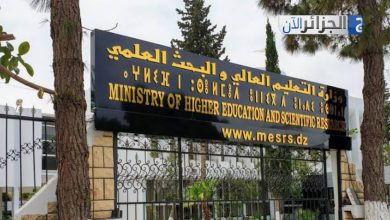NASA has uncovered a “Super-Earth” located about 137 light-years away in the habitable zone, presenting a promising candidate for hosting life. According to Russia Today, the exoplanet, named TOI-715 b, is approximately 1.5 times larger than Earth and orbits a small red dwarf star. This star emits a temperature conducive to the formation of liquid water on the planet’s surface, a crucial element for sustaining life.
Launched six years ago, the Transiting Exoplanet Survey Satellite (TESS) has been monitoring planets orbiting stars similar to our Sun. An international team of scientists led by the University of Birmingham utilized a set of ground-based telescopes to pinpoint the location of TOI-715 b following TESS’s indication of its existence.
The team discovered that TOI-715 b has a tight orbit, completing one orbit or “year” in just 19 Earth days. Orbiting around a red dwarf, which is smaller and cooler than the sun, TOI-715 b falls within NASA’s “best bet for finding habitable planets.”
Scientists believe that if the existence of a second Earth-like planet within the orbit of TOI-715 b can be confirmed, it would be the smallest planet discovered by TESS in the habitable zone to date, offering exciting prospects for the search for extraterrestrial life.
For more space exploration news, visit dzwatch.net. Super-Earth Potential for Life




